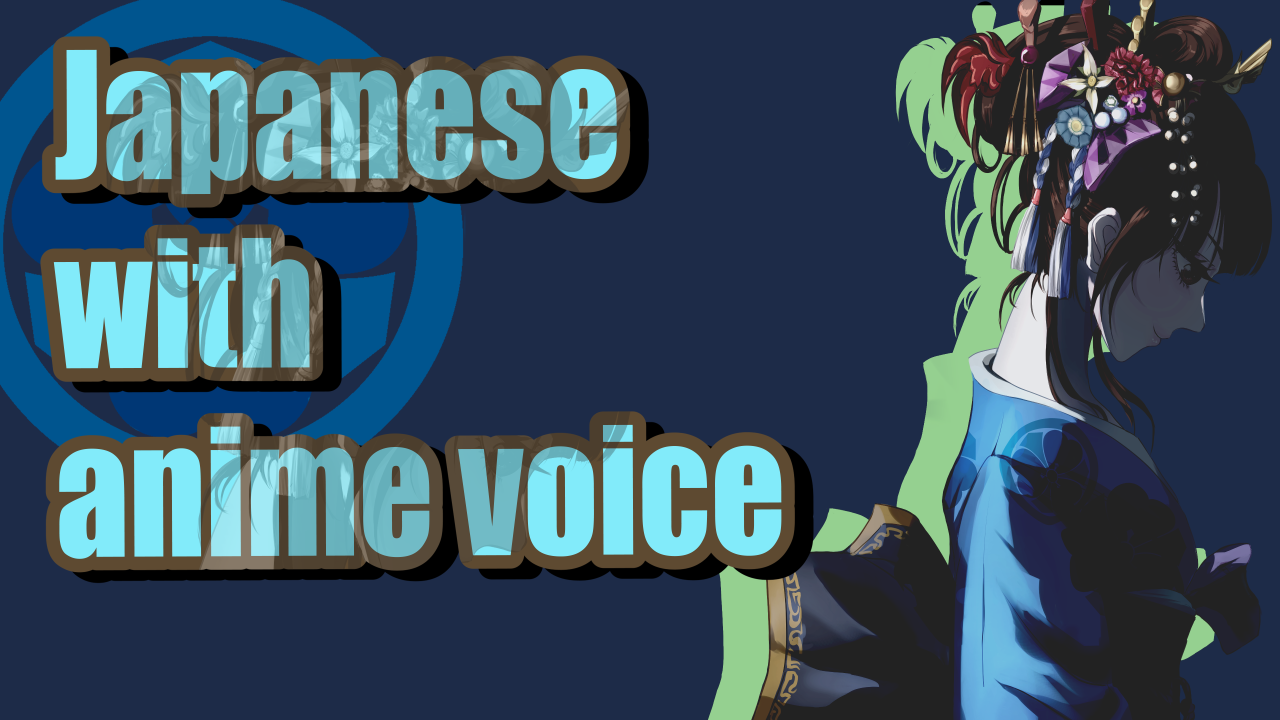Japanese with anime voice: episode69
Hello, I’m Sachi.
Today, June 6, is Drinking Water Day. The Public Health Committee of the Tokyo Pharmaceutical Association, which is conducting a survey of water sources in Tokyo, established Drinking Water Day as a commemorative day based on the philosophy that it is the pharmacist’s job to contribute to health-related issues.
Water is a very precious resource for life. Seriously, water is really important in everything. A few years ago, I took up running to prevent dementia, and then, for various reasons, I decided to participate in a marathon. When I run, I don’t like to carry anything with me. I don’t want to wear a backpack or pochette because they weigh me down, and I don’t like having my phone attached to my arm. I want to run light, but if I do that, I can’t hydrate myself. There are water stations at the race, but they are not enough, right? People like that run with their own PET bottles, but in my case, I can’t do that, can I? Just when I was thirsty and couldn’t stand it, water spouted out of the mountain like a waterfall. It was not the kind of water that usually flows from a mountain. I think it was probably rainwater from the day before. When I saw it, I was so grateful that I drank it. When I told people about it, they said, “Are you sure you can drink that kind of water? But when you are so thirsty and that is the only thing you can drink to rehydrate yourself, you can’t give up. I thought that spring water from the mountains would be fine. Well, it probably wasn’t spring water.
In Japanese, there are other words for drinkable water, such as 水道水 (suidousui), 飲料水 (inryousui), and 天然水 (tennensui), but basically, everyone says 水 (mizu) for drinking water. Even if you don’t add “飲料 (inryou)” or “天然 (tennen),” people can tell that you are talking about drinking water just by 水 (mizu). So, when you go out for a drink, you don’t have to ask for 飲料水 (inryousui), you can just say “Could you please give me お水 (omizu)?” Or, rather, “Could you please give me お冷 (ohiya)?” is more common. お冷 (ohiya) means water, but I would like to explain why it is called お冷 (ohiya) some other time. So, I thought I could just say “water” for drinking water in English, just as I did in Japanese.
I was in the airport on my way back from a trip to Bali and went into a store to buy some water. But there was no place where customers could freely get beverages. Behind the cash register where the clerk was, there was a refrigerator with a variety of drinks. You told the clerk what drink you wanted at the cash register, and the clerk took it from you and gave you the bill. At that time, I could not speak or hear English any better than I do now. But it is still the same now. I pointed to the refrigerator behind her and said “water. I tried my best to say “water,” like “water,” but the waiter seemed a little suspicious. The waiter looked a little skeptical and asked me if it was mineral water. I couldn’t understand the mineral at all. What? I was puzzled. I looked puzzled, and she asked me once more if it was mineral water. I nodded, thinking she was probably talking about water, and was able to buy a PET bottle of water. Then I realized that in English, “water” is not enough for drinking water, and that “mineral” is necessary. If it were in Japanese, 水 (mizu) would be just a two-character word. On the other hand, I wonder how it is when English-speaking people study Japanese? Would they say, “Can I have 天然水 (tennensui)?” Or do they know from the beginning that drinking water can be conveyed with just the word 水 (mizu)?
By the way, there is more to my earlier story. When I got to the boarding gate, I was glad that I was able to buy bottled water safely, but there was a line of passengers waiting at the entrance. Apparently, they were checking our belongings there as well. And there were a lot of PET bottles in the waiting area before entering the waiting room. Apparently, it seems that PET bottles are not allowed on the plane. Everyone who had one had to leave it there. I had bought a PET bottle of water and hadn’t even been in the bottle for a few minutes. I haven’t even had a sip. But I’m not allowed to bring it in. I couldn’t believe it anymore. I was so disappointed that I hurriedly took a sip of the bottle I had just bought. I understand that security is strict, but I had already checked my belongings before entering the airport, and I had bought a PET bottle at the airport. I guess that’s what traveling is all about, isn’t it?


